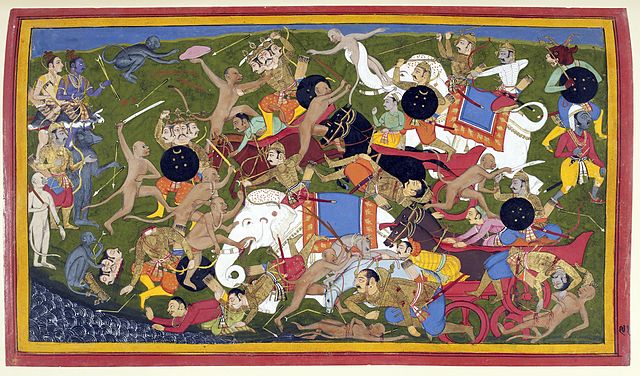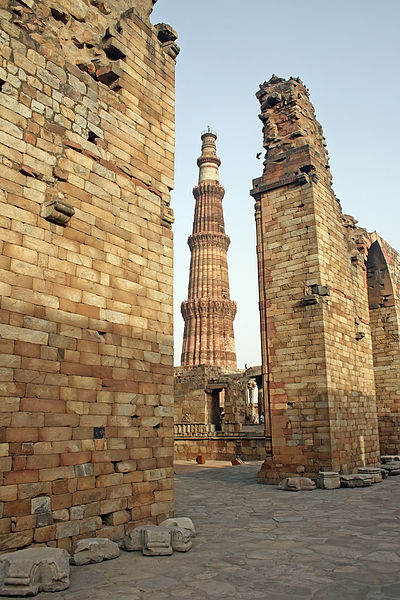History of Buddhism in India
Buddhism is an ancient Indian religion, which arose in and around the ancient Kingdom of Magadha, and is based on the teachings of Gautama Buddha who was deemed a "Buddha", although Buddhist doctrine holds that there were other Buddhas before him. Buddhism spread outside of Magadha starting in the Buddha's lifetime.
The Great Stupa at Sanchi, located in Sanchi, Madhya Pradesh, is a Buddhist shrine in India.
The Mahabodhi Temple, a UNESCO World Heritage Site, is one of the four holy sites related to the life of the Buddha, and particularly to the attainment of Enlightenment. The first temple was built by the Indian Emperor Ashoka in the 3rd century BC, and the present temple dates from the 5th century or 6th century AD. It is one of the earliest Buddhist temples built entirely in brick, still standing in India, from the late Gupta period.
Rock-cut Buddha Statue at Bojjanakonda near Anakapalle of Visakhapatnam, Andhra Pradesh.
Ancient Buddhist monasteries near Dhamekh Stupa Monument Site in Sarnath.
India, officially the Republic of India, is a country in South Asia. It is the seventh-largest country by area; the most populous country as of June 2023; and from the time of its independence in 1947, the world's most populous democracy. Bounded by the Indian Ocean on the south, the Arabian Sea on the southwest, and the Bay of Bengal on the southeast, it shares land borders with Pakistan to the west; China, Nepal, and Bhutan to the north; and Bangladesh and Myanmar to the east. In the Indian Ocean, India is in the vicinity of Sri Lanka and the Maldives; its Andaman and Nicobar Islands share a maritime border with Thailand, Myanmar, and Indonesia.
Manuscript illustration, c. 1650, of the Sanskrit epic Ramayana, composed in story-telling fashion c. 400 BCE – c. 300 CE
Cave 26 of the rock-cut Ajanta Caves
Brihadeshwara temple, Thanjavur, completed in 1010 CE
The Qutub Minar, 73 m (240 ft) tall, completed by the Sultan of Delhi, Iltutmish








